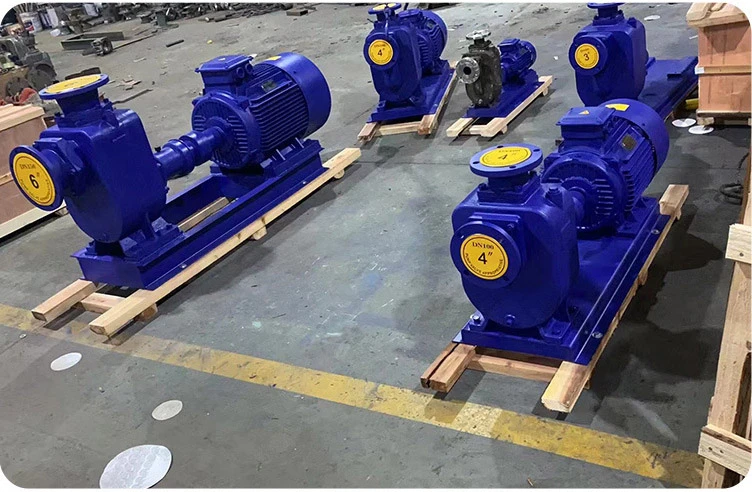Telephone: +86 13120555503
Email: frank@cypump.com
Sep . 10, 2024 21:12 Back to list
Slurry Pump Calculations
Understanding Slurry Pump Calculations
Slurry pumps play a crucial role in various industries, including mining, construction, and waste management, where the transport of mixtures of liquid and solid materials is essential. Calculating the performance and specific requirements of a slurry pump is vital for ensuring efficient operation and preventing premature equipment failure.
Key Factors in Slurry Pump Calculations
1. Slurry Characteristics The first step in slurry pump calculations involves understanding the properties of the slurry being pumped. Important parameters include density, viscosity, and particle size distribution. Higher density and viscosity can significantly affect pump performance and require more robust pumping solutions.
2. Flow Rate The desired flow rate, usually measured in cubic meters per hour (m³/h), is fundamental in selecting an appropriate pump. The flow rate will influence the size and power requirements of the pump. It is essential to consider both the average and peak flow rates to ensure that the pump can handle variable operating conditions.
3. Head Calculation The total dynamic head (TDH) is a critical factor in determining the pump's efficiency. TDH includes the vertical lift (static head), friction losses in the pipeline, and additional losses due to fittings and valves. Calculating the TDH accurately is vital to ensure that the chosen pump model can overcome these resistances and deliver the slurry effectively.
slurry pump calculations

4. Pumping Distance The distance the slurry needs to be pumped also impacts the calculations. Longer distances will increase friction losses, which can require more powerful pumps. Additionally, the layout of the piping system, including bends and height differences, should be factored into the design.
5. Pump Efficiency Assessing the efficiency of the slurry pump is crucial for operational cost management. The hydraulic efficiency, volumetric efficiency, and overall efficiency of the pump must be evaluated to improve performance and reduce energy consumption. It is important to choose a pump that operates efficiently at the desired flow rate and pressure.
6. Wear Resistance Given that slurry often contains abrasive particles, the material selection for pump components is essential. The wear rates of different materials can impact the longevity of the pump, and this should be taken into account during the design and selection process.
Conclusion
Accurate slurry pump calculations are fundamental for optimizing performance and ensuring the longevity of equipment in industries dealing with slurries. By considering factors such as slurry characteristics, flow rate, head calculations, pumping distance, and pump efficiency, businesses can make informed decisions that enhance productivity and reduce operational costs. Understanding these calculations not only aids in selecting the right pump but also fosters a proactive approach to maintenance and operational efficiency.
-
High Pressure Pump for Detergent Slurry Manufacturer – Efficient, Durable Solutions | CYPump
NewsNov.24,2025
-
High Cr Volute Liner of Slurry Pump – Durable, Cost-Efficient Wear Solutions
NewsNov.23,2025
-
Find Reliable High Chrome Slurry Pump Suppliers – Durable Solutions for Abrasive Industries
NewsNov.23,2025
-
High Chrome Slurry Pump Factories | Durable Slurry Pumps for Mining & Industry
NewsNov.22,2025
-
Durable and Efficient High Chrome A05 Slurry Pump Volute Liners for Mining & Industrial Use
NewsNov.21,2025
-
Heavy-Duty Slurry Pump – Durable, Efficient Industrial Solutions
NewsNov.20,2025







